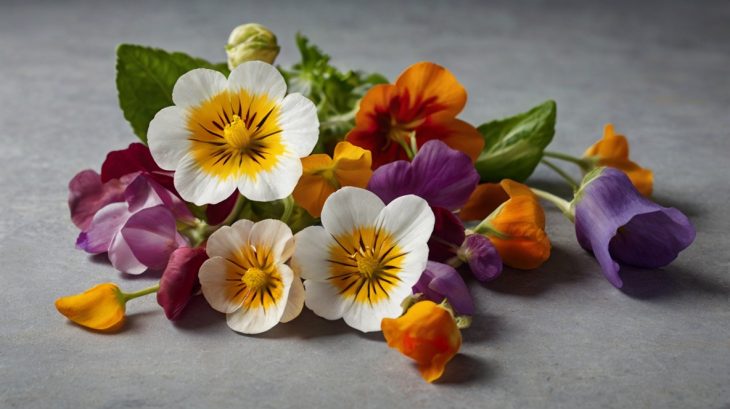
Have you ever thought about adding a splash of color to your meals with edible flowers? These vibrant blooms not only brighten up your plate but also offer unique flavors and surprising health benefits. From the peppery kick of nasturtiums to the sweet nectar of honeysuckle, edible flowers have been used in culinary traditions around the world for centuries. Whether you’re a seasoned chef or just curious about new ingredients, exploring the world of edible flowers can transform your cooking. Ready to discover which blossoms are both beautiful and tasty? Let’s dive into the fascinating world of edible flowers and see how they can elevate your dishes to a whole new level.
1
of 20
Violet
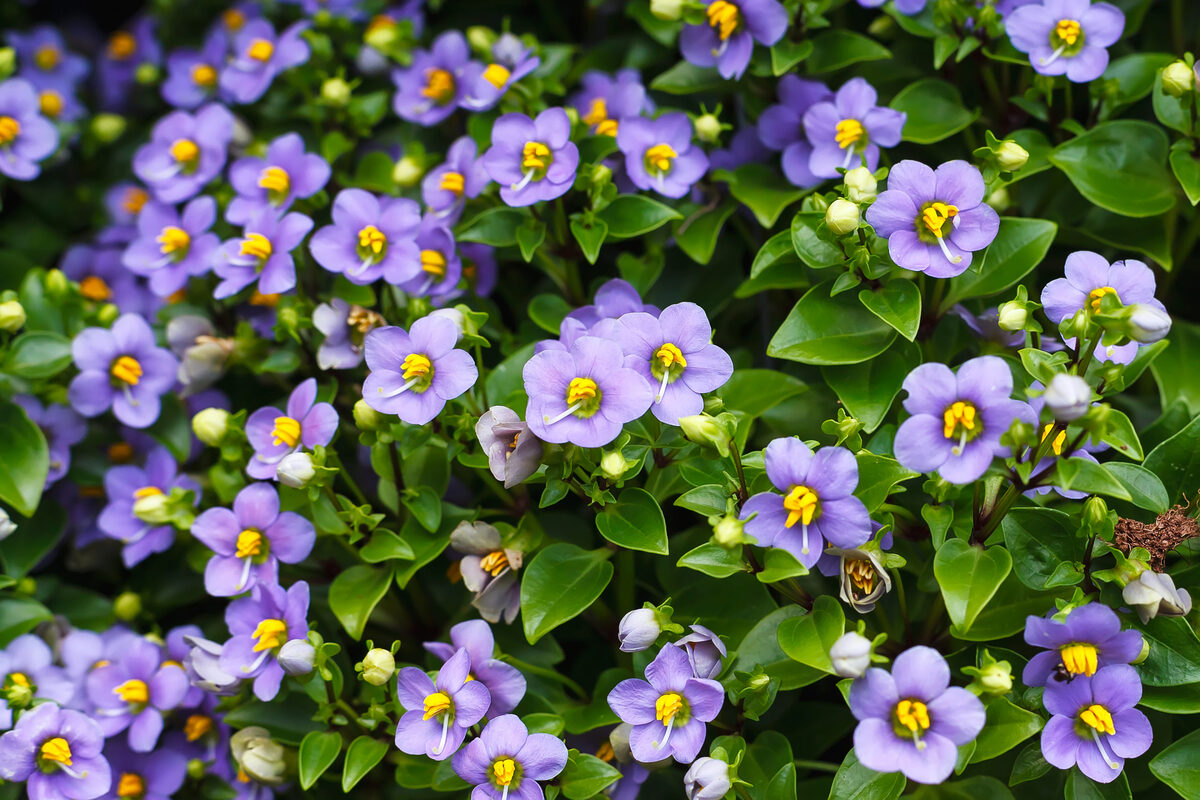
Violets, charming little blossoms, pack a punch in both beauty and utility. With their vibrant purples, blues, and whites, these delicate flowers brighten gardens and plates alike. Often used to garnish salads, desserts, and beverages, they add a subtle sweetness that’s hard to resist. Beyond their culinary uses, violets have a rich history in herbal medicine, known for their soothing properties. Considered symbols of modesty and virtue, they’ve also inspired countless poems and paintings. Whether you’re a gardener, foodie, or art lover, violets offer something delightful. Dive into the world of violets and discover their many wonders!
Read More About Violet: 19 Surprising Facts About Persian Violet
2
of 20
Dianthus
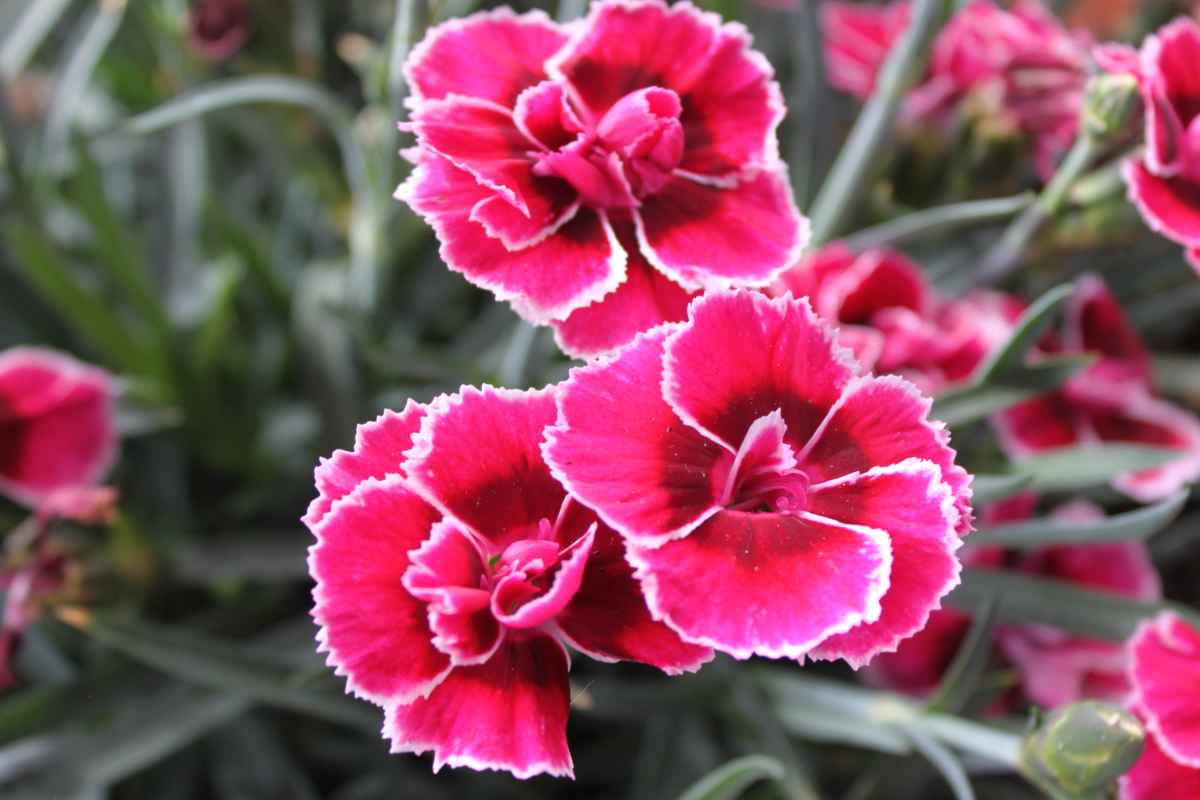
Dianthus, also known as carnations or pinks, are beautiful and versatile edible flowers commonly used in culinary creations. With their delicate petals and subtle spicy flavor, Dianthus flowers add a unique touch to salads, desserts, and beverages. Rich in antioxidants and vitamins, they not only enhance the visual appeal of dishes but also provide a burst of flavor and nutrition. Explore the full article to learn more about the culinary uses and health benefits of Dianthus flowers.
Read More About Dianthus: 10 Unbelievable Facts About Dianthus
3
of 20
Sweet Pea
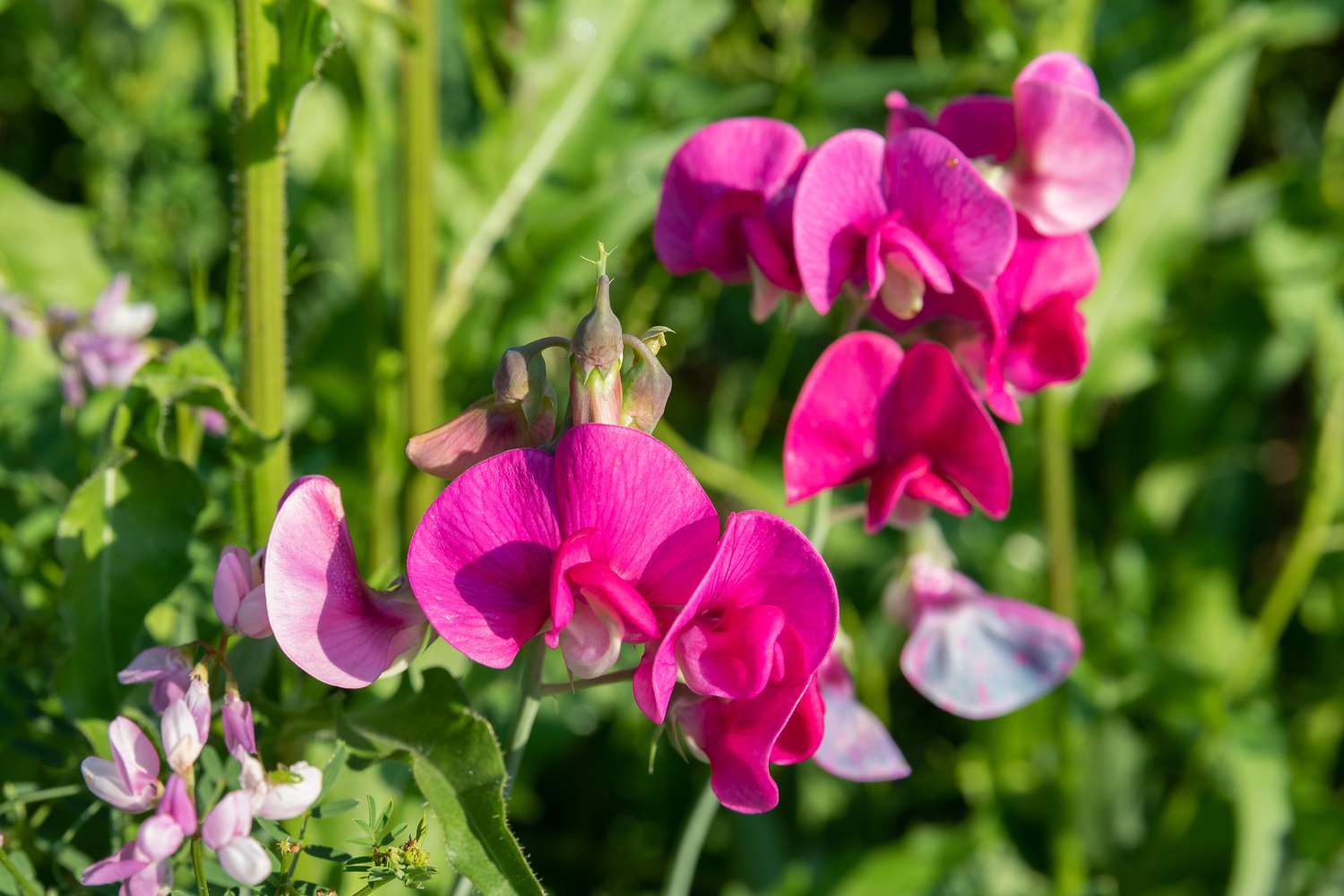
Sweet Pea, with its delicate blooms and subtle floral flavor, is a popular choice among edible flowers enthusiasts. Often used to garnish salads or desserts, Sweet Pea adds both visual appeal and a hint of sweetness to dishes. Beyond its culinary uses, Sweet Pea also boasts nutritional benefits, containing vitamins and antioxidants. To explore more about the culinary applications and health benefits of Sweet Pea, delve into the full article.
Read More About Sweet Pea: 15 Captivating Facts About Sweet Pea
4
of 20
Rose
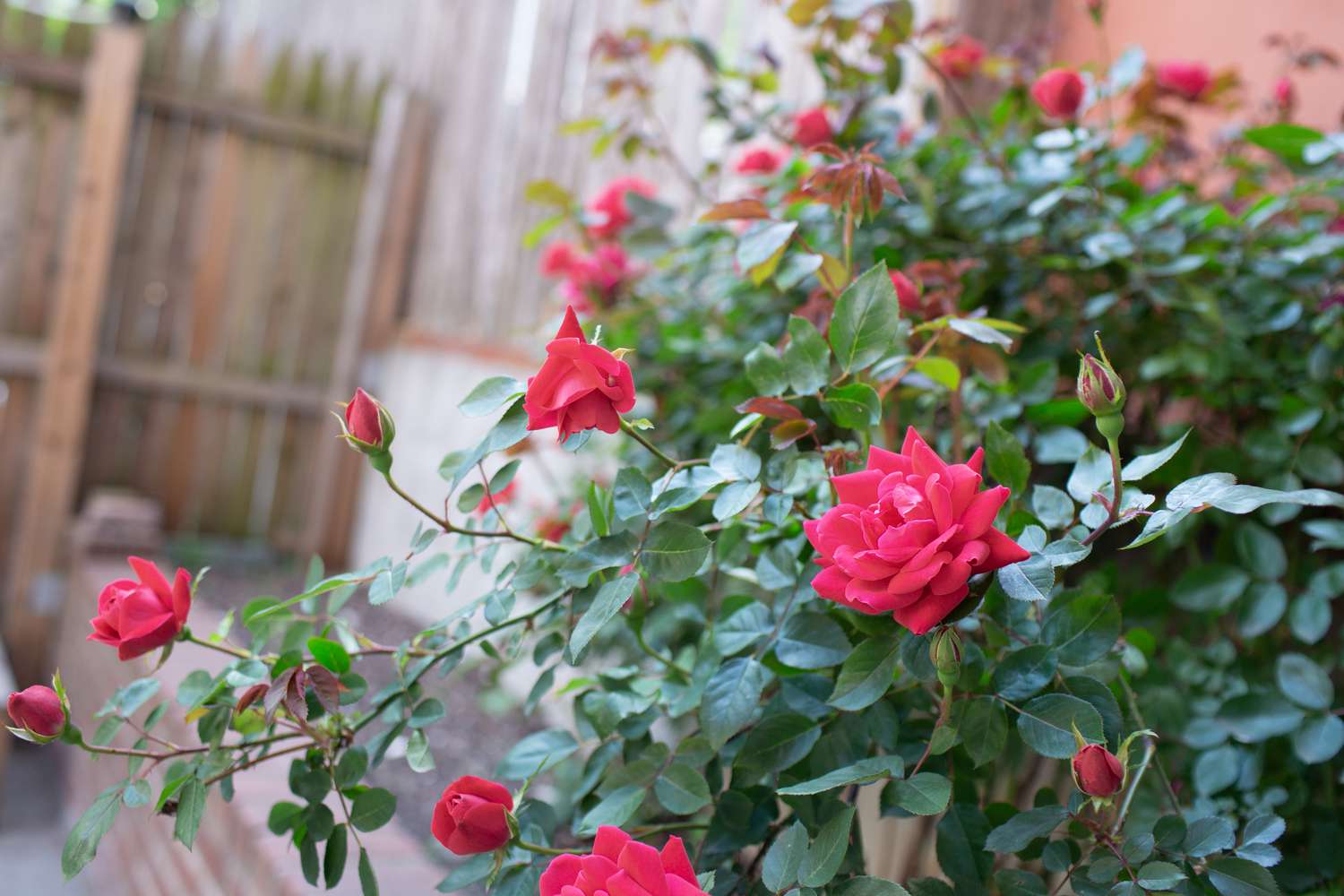
Roses aren’t just lovely to look at; they’ve got a tasty side too! These edible blooms can add a splash of color and a hint of sweet, floral flavor to various dishes. From salads to desserts, they bring a unique twist to ordinary meals. People have used rose petals for centuries in teas, jams, and even candies. Don’t forget rose water, which is a key ingredient in many traditional recipes worldwide. Beyond their beauty, roses offer a culinary adventure waiting to be explored. Dive into this fascinating world and let roses elevate your gastronomic experience!
Read More About Rose: 13 Unbelievable Facts About Rose
5
of 20
Lavender
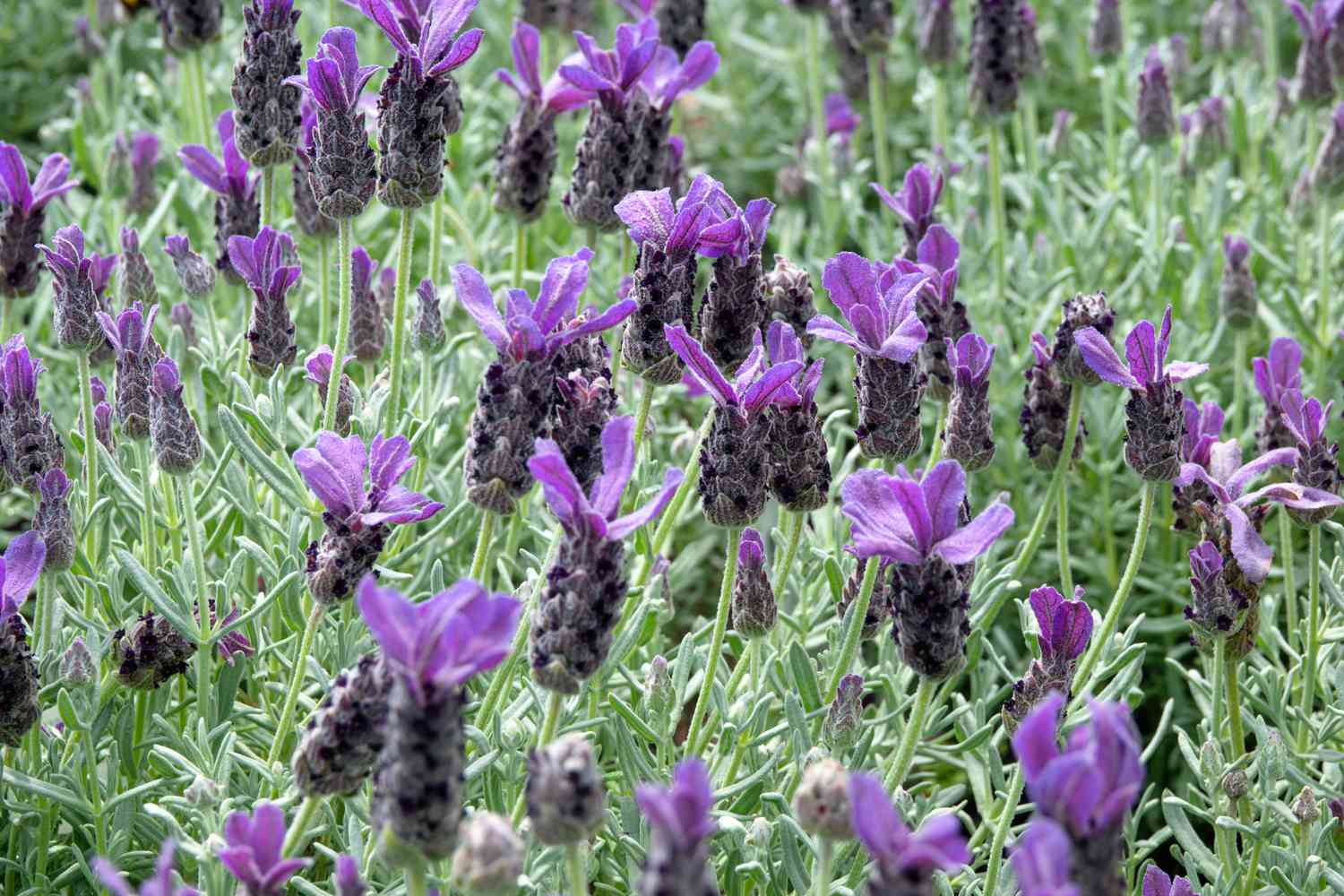
Lavender flowers are a culinary delight, often used for their aromatic and slightly sweet flavor in a variety of dishes. These vibrant purple blossoms can elevate everything from desserts and beverages to savory recipes. Lavender’s versatility in the kitchen, coupled with its calming scent, makes it a popular choice among chefs and home cooks alike. Whether sprinkled on salads, infused in syrups, or baked into pastries, lavender adds a unique touch that’s both visually appealing and delicious. Known for its soothing properties, it’s also a favorite in herbal teas and homemade remedies, blending beauty with practicality. Dive into the world of lavender and discover its culinary magic!
Read More About Lavender: 9 Unbelievable Facts About Spanish Lavender
6
of 20
Nasturtium
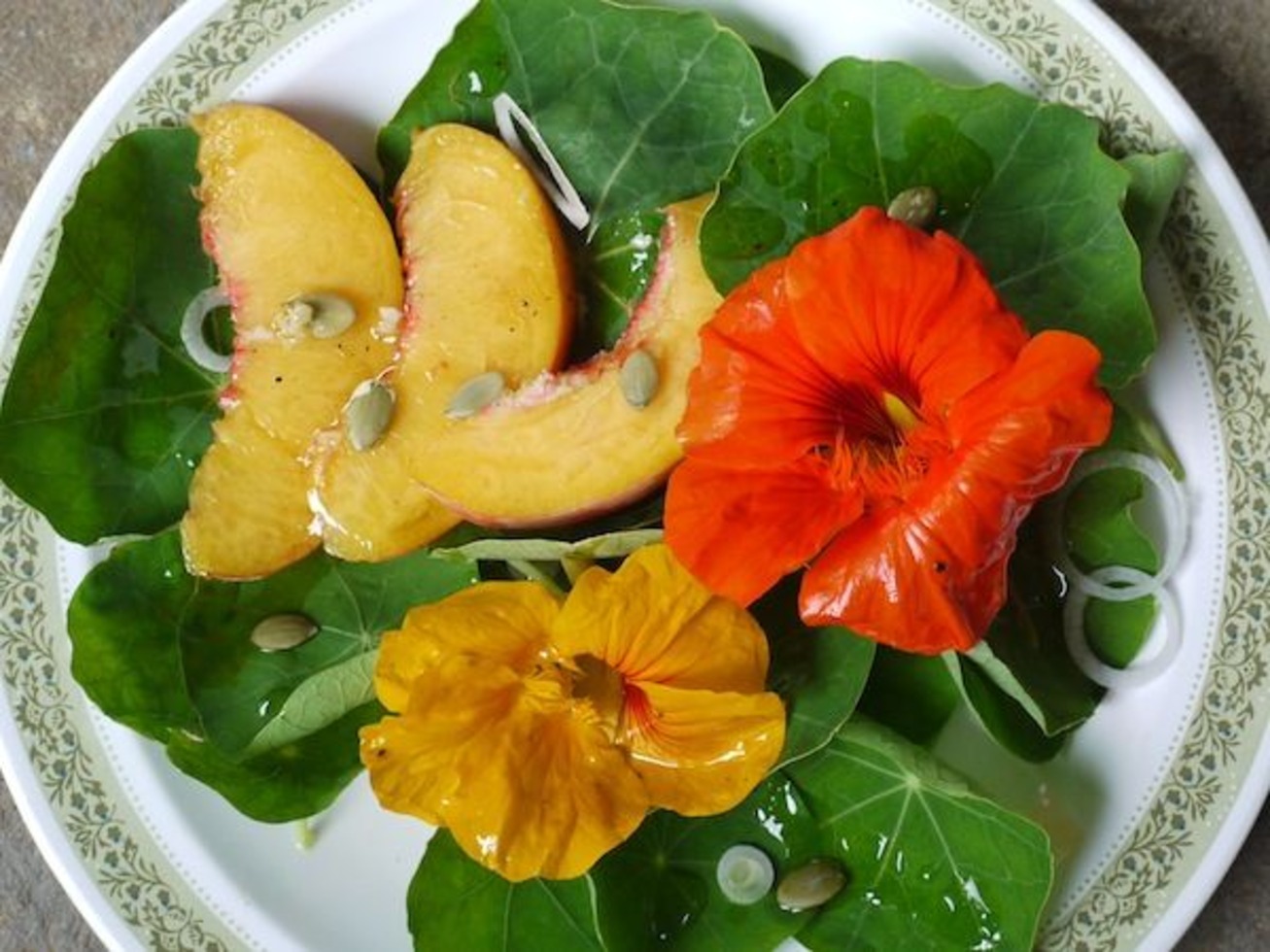
Nasturtium flowers add vibrant colors to any dish, with bold, peppery flavors that spice things up. These edible blooms not only look pretty but also pack a punch in salads, soups, and garnishes. Their leaves, seeds, and buds can be consumed, offering a variety of culinary uses. Plus, they’re known to have health benefits, rich in vitamin C and antioxidants. Gardeners adore them for their hardiness and pest-repelling properties, making them a win-win for both chefs and green thumbs. Dive into the world of nasturtiums, and you’ll find a delightful mix of beauty, flavor, and utility.
Read More About Nasturtium: 17 Facts About Nasturtium
7
of 20
Pansy
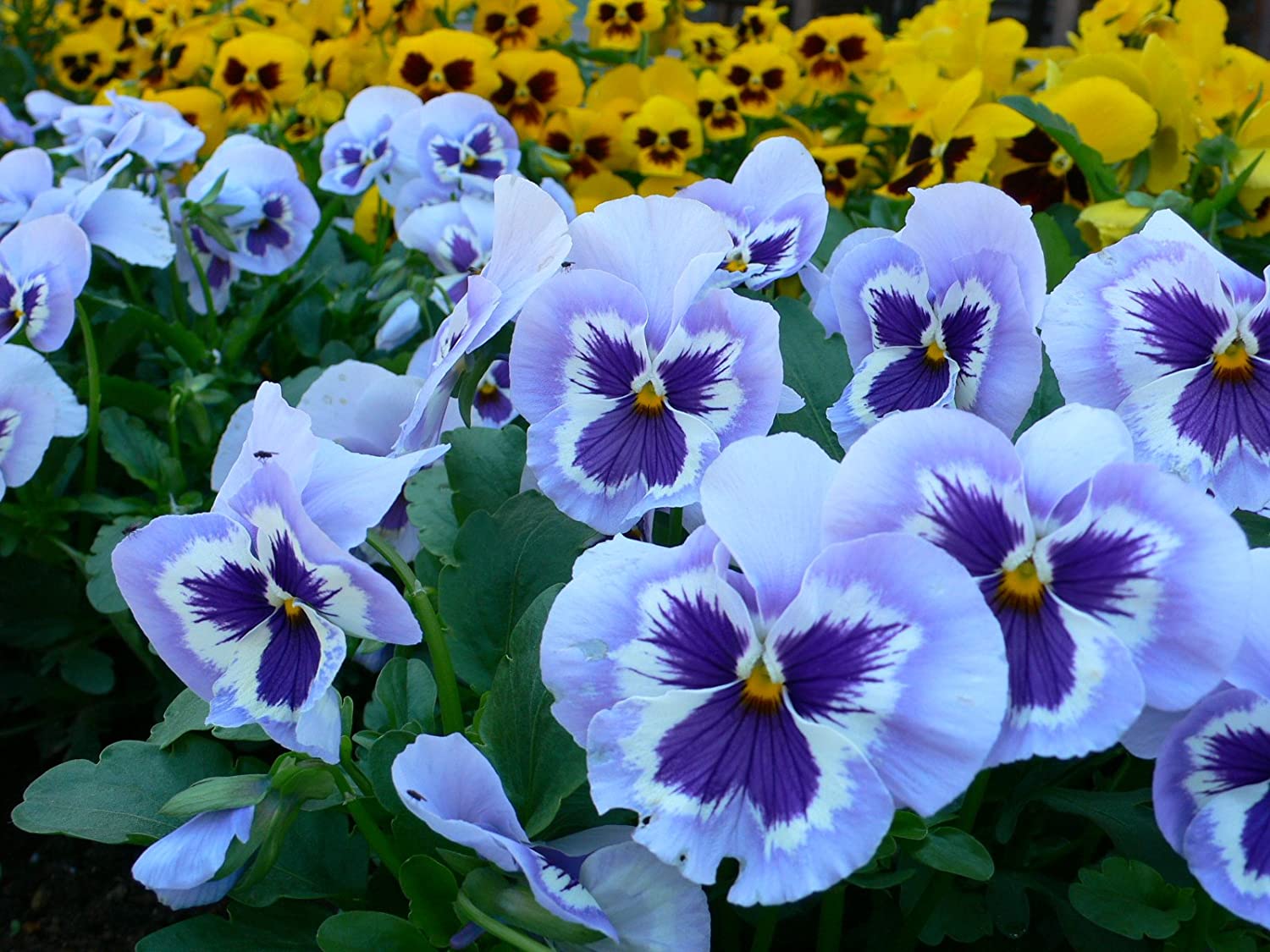
Pansies, those charming little flowers, aren’t just a feast for the eyes. They’ve got a lot more going on than their vibrant colors and delicate petals. Did you know you can actually eat them? Yep, they’re edible and add a touch of whimsy to salads, desserts, and even drinks. Their mild, slightly minty flavor makes them a favorite among chefs looking to add a floral twist to their dishes. Plus, they’re packed with vitamins and antioxidants, giving your meal a healthy boost. Next time you see pansies, think beyond the garden—they might just be the perfect garnish!
Read More About Pansy: 14 Enigmatic Facts About Pansy
8
of 20
Hibiscus
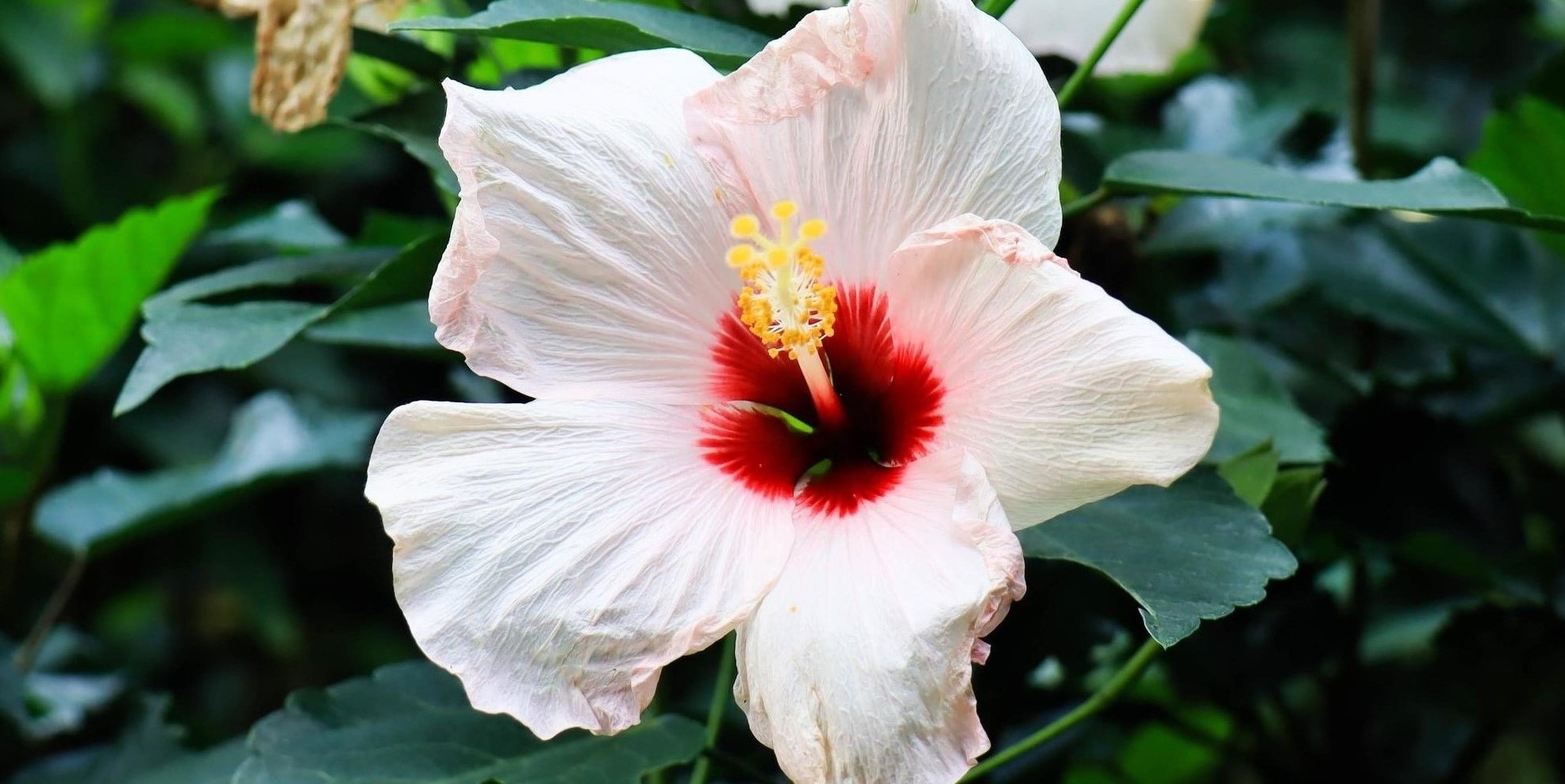
Hibiscus, a vibrant flower often found in tropical climates, isn’t just a feast for the eyes. It’s also edible and packed with health benefits. Imagine sipping on a refreshing hibiscus tea, a rich source of antioxidants. These petals add a tangy twist to salads and desserts, making meals not only tasty but also nutritious. With a history steeped in traditional medicine, hibiscus has been a go-to for soothing ailments. Colorful and versatile, this flower transforms dishes into culinary art. Intriguing, right? Dive into the world of hibiscus and discover a new favorite for your next recipe.
Read More About Hibiscus: 15 Intriguing Facts About Hibiscus Rosa-sinensis
9
of 20
Dandelion
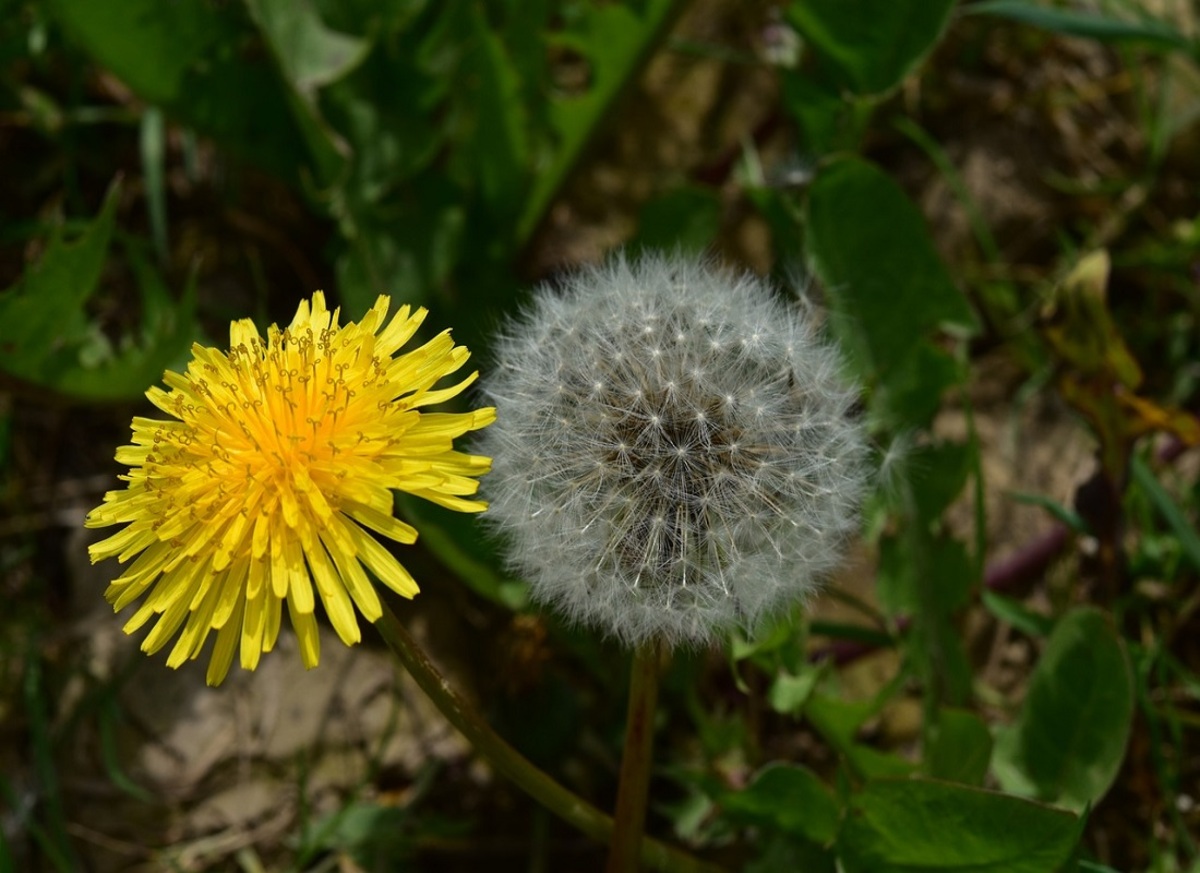
Dandelions aren’t just weeds; they pack a punch in the kitchen too! These bright yellow flowers can be tossed into salads for a pop of color or brewed into a refreshing tea. Their slightly bitter greens make a great addition to sautés and soups. The roots, often roasted, serve as a caffeine-free coffee substitute. Every part of the plant is edible and offers a unique flavor, making it a versatile ingredient. Rich in vitamins A, C, and K, dandelions boast health benefits and culinary potential. Next time you spot one, think twice before you pluck it from your garden!
Read More About Dandelion: 15 Unbelievable Facts About Dandelion
10
of 20
Cornflower
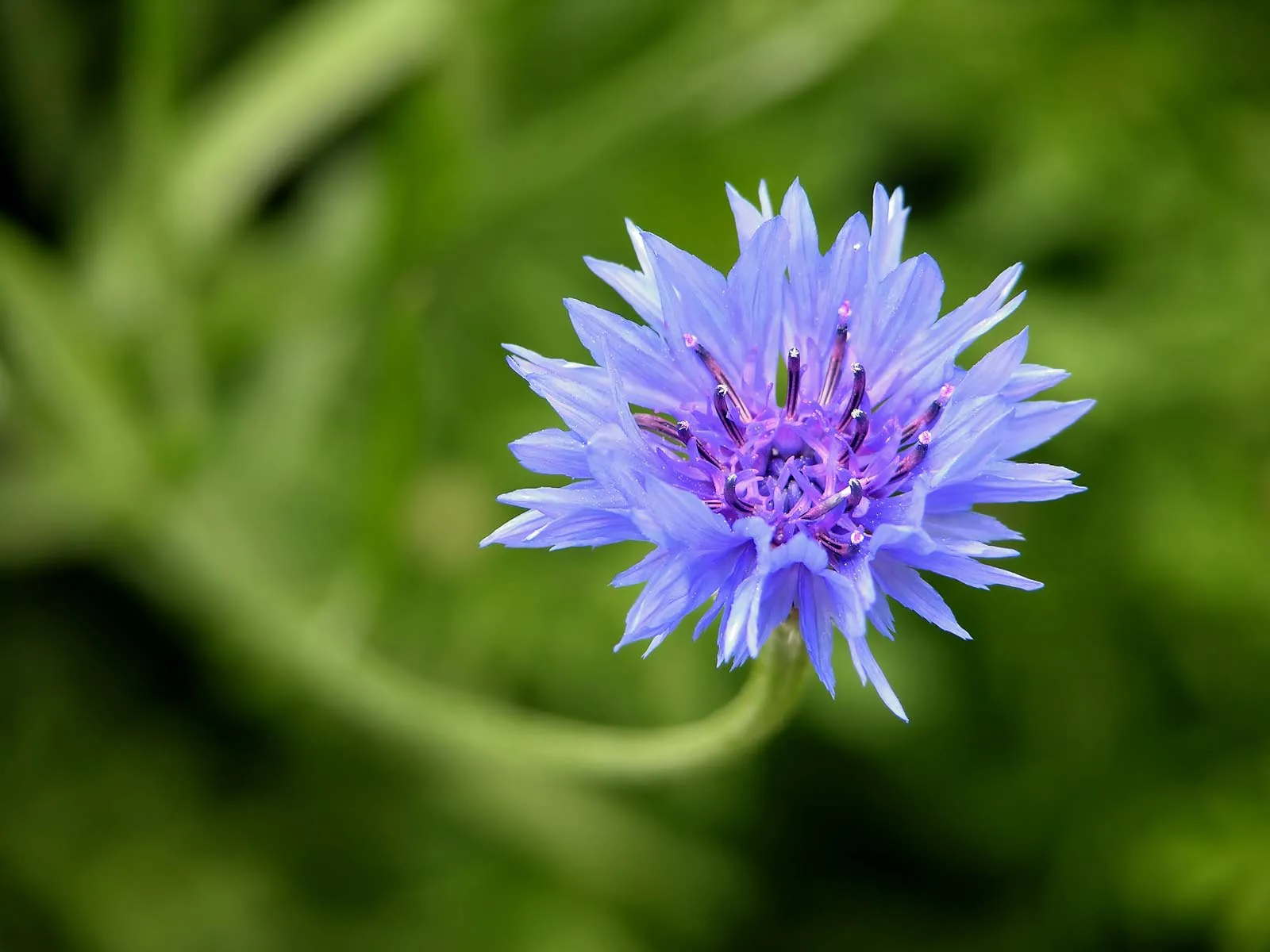
Cornflower, a stunning blue bloom, isn’t just for looks. This vibrant flower finds its way into kitchens, adding a splash of color to salads, cakes, and teas. Known for its slightly spicy, clove-like taste, it also boasts medicinal benefits, like soothing eyes and aiding digestion. Historically, cornflower was a symbol of love and luck in various cultures. Easy to grow, it flourishes in sunny spots, making it a favorite in many gardens. Whether you’re garnishing a dish or brewing a floral tea, this versatile blossom brings both beauty and flavor to your edible flower collection.
Read More About Cornflower: 14 Intriguing Facts About Cornflower
11
of 20
Daisy
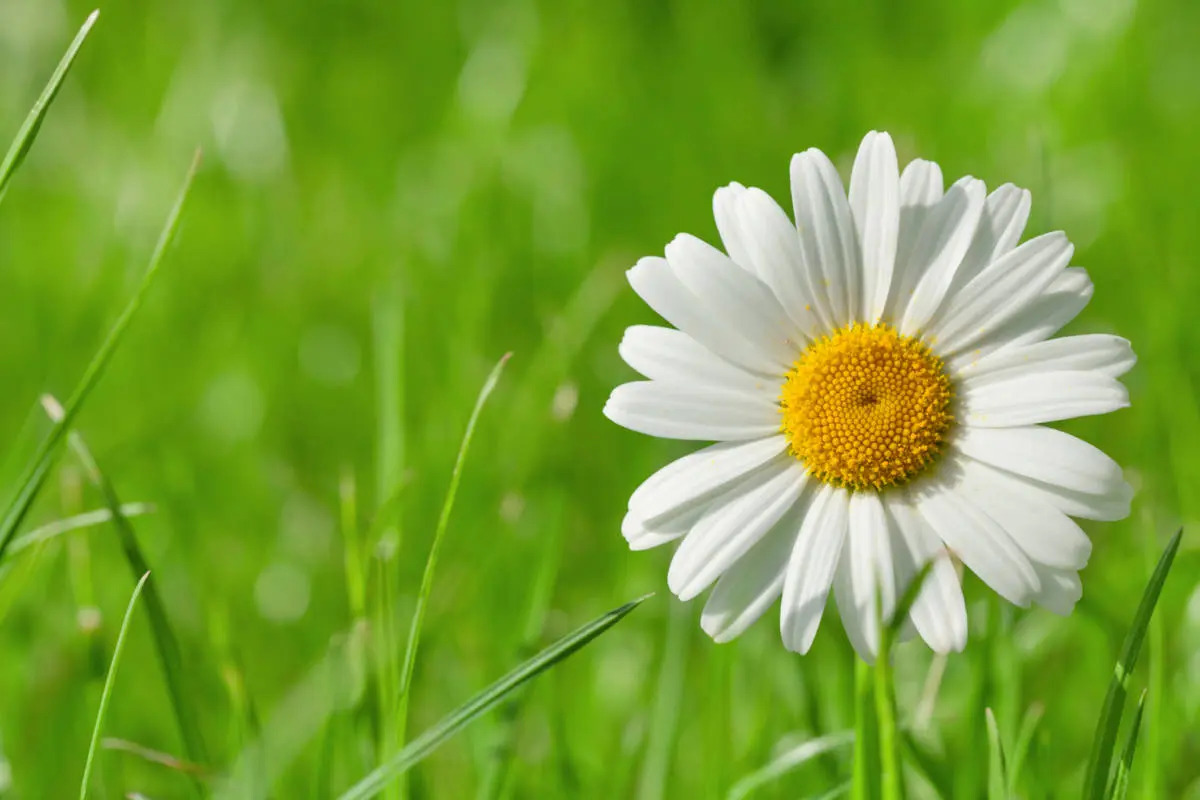
Daisies are more than just pretty flowers; they’re edible wonders packed with surprises. These charming blooms aren’t just eye-candy for gardens and bouquets. You can sprinkle their petals on salads, decorate cakes, or even brew them into teas. Their slightly bitter yet pleasant flavor adds an unexpected twist to dishes. Plus, they’ve got some hidden health benefits, like anti-inflammatory properties. From their ancient medicinal uses to their present-day culinary flair, daisies blend beauty and utility in intriguing ways. Dive into the world of daisies and discover how these versatile flowers can spice up your food and health game!
Read More About Daisy: 20 Astounding Facts About Daisy
12
of 20
Fuchsia
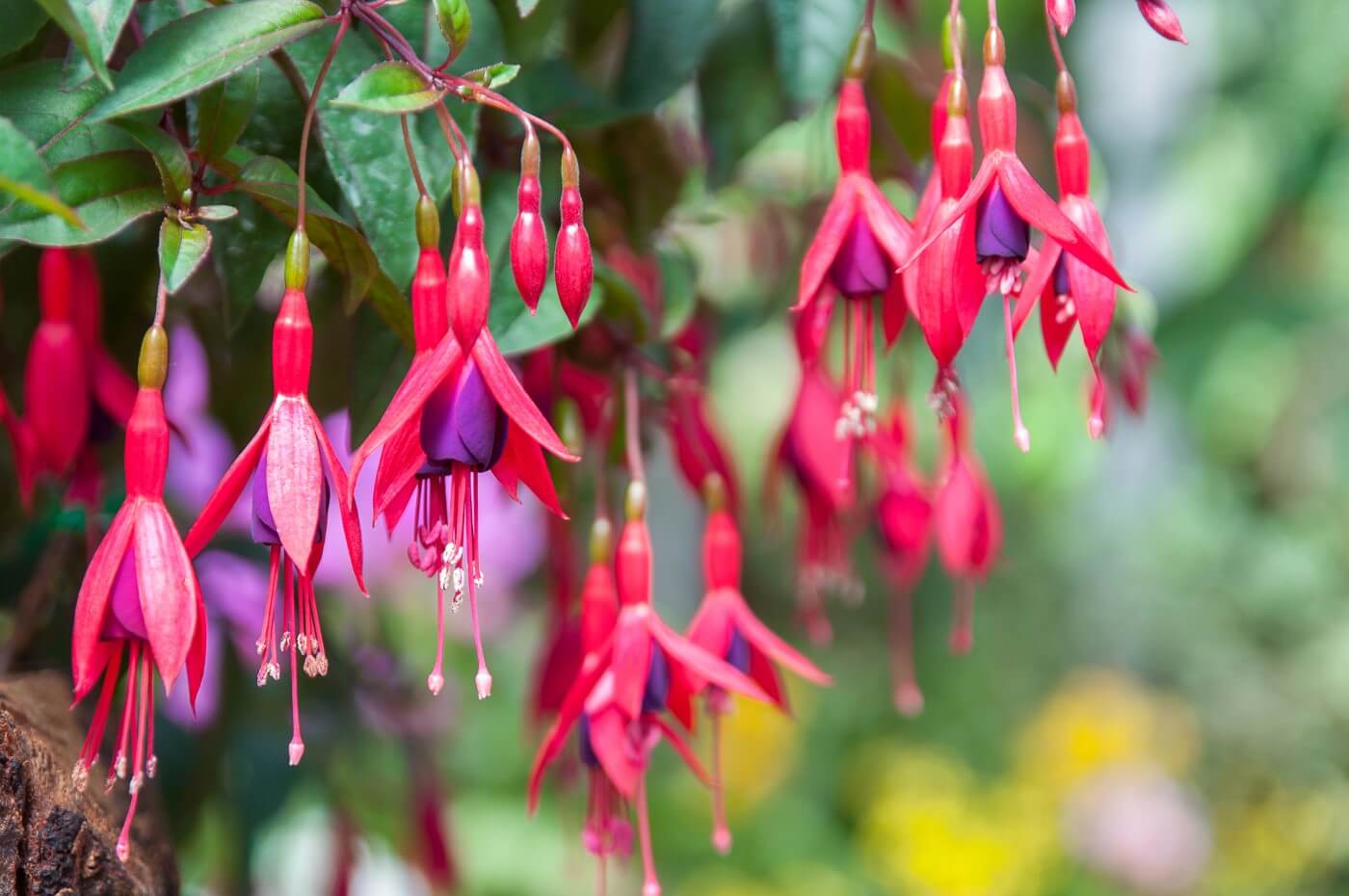
Fuchsia, a vibrant and versatile plant, boasts not only stunning beauty but also edible flowers. These blossoms, often found in hanging baskets, come in various colors like pink, purple, and white. Known for their unique teardrop shape, fuchsia flowers add a touch of elegance to salads, desserts, and drinks. Their slightly sweet, citrusy flavor complements many dishes, making them a delightful addition to any culinary creation. Besides their visual appeal, they offer a surprising burst of taste. Dive into the world of fuchsia and elevate your garden and kitchen with this multifaceted bloom.
Read More About Fuchsia: 17 Captivating Facts About Fuchsia
13
of 20
Yucca
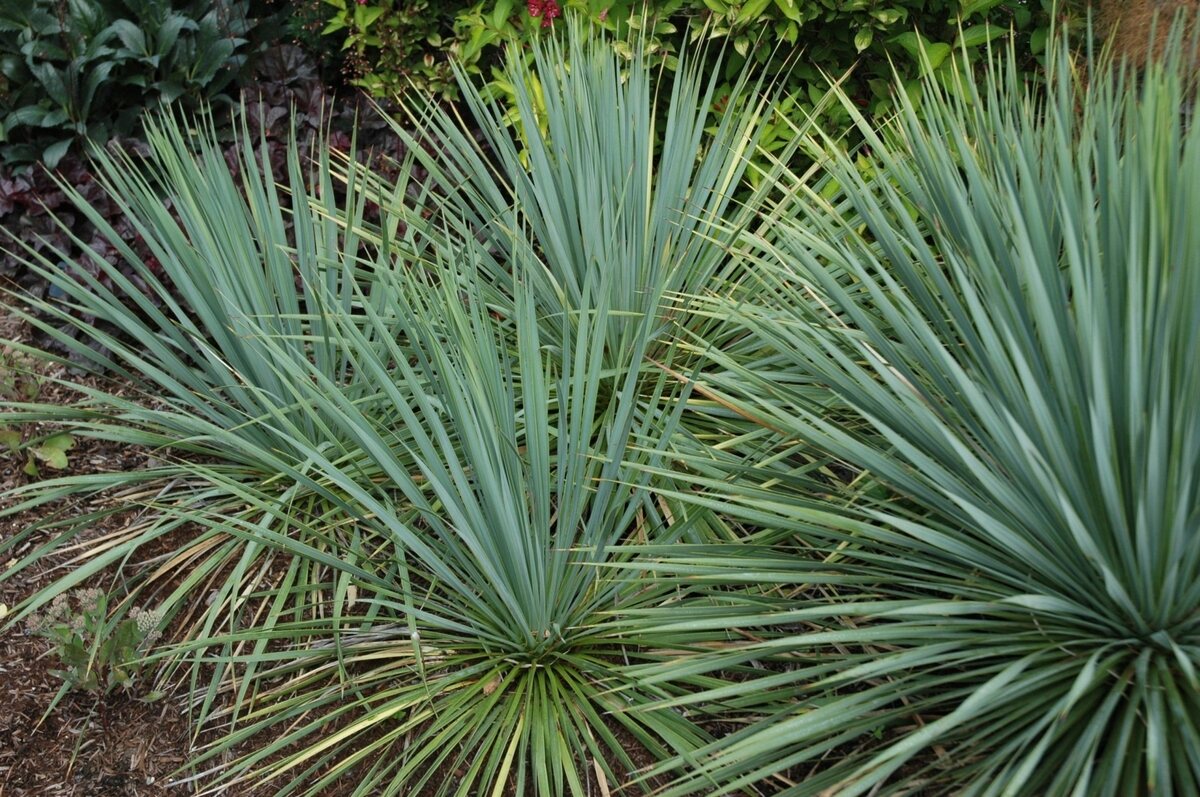
Yucca plants are fascinating, often overlooked gems in the plant world. They thrive in arid regions, boasting sword-like leaves and stunning clusters of white flowers. However, their allure extends beyond their striking appearance; many parts of the yucca, including flowers and fruit, are edible and offer surprising nutritional benefits. From aiding in digestion to providing a natural source of vitamins and minerals, yucca’s versatility in culinary and medicinal uses is truly remarkable. Their unique structure and diverse applications make them a captivating subject for any plant enthusiast or culinary explorer.
Read More About Yucca: 19 Astonishing Facts About Yucca Plant
14
of 20
Marigold
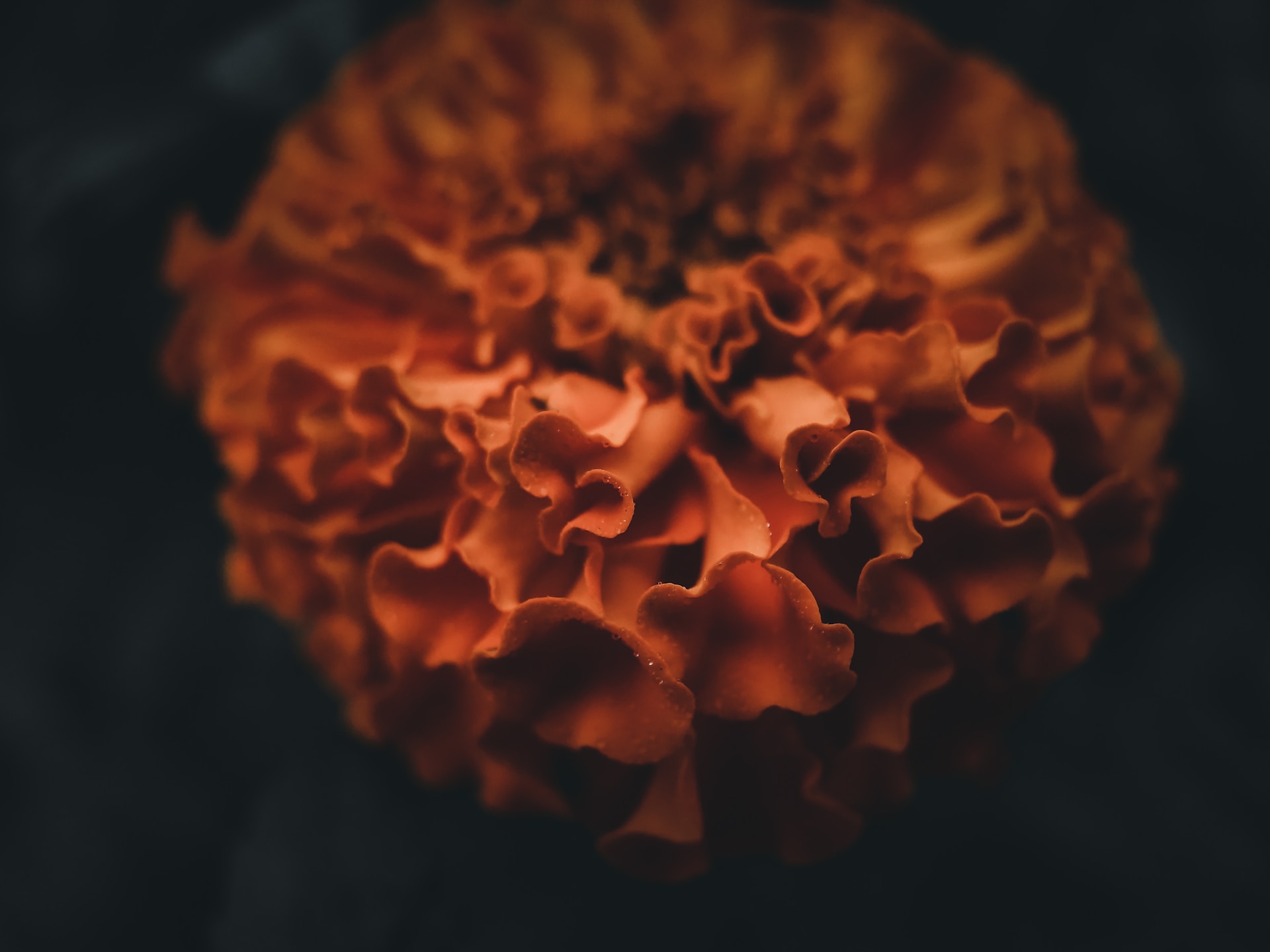
Marigolds aren’t just eye-catching in your garden; they’re also edible! Known for their vibrant petals and slightly citrusy taste, marigolds can add a splash of color and flavor to dishes. Often used in salads, teas, and desserts, they offer a delightful twist to your culinary creations. Not only do they make meals look prettier, but marigolds are also known for their health benefits, including anti-inflammatory properties. When you consider this multi-talented flower, it’s easy to see why it’s a favorite among chefs and gardeners alike. Dive into the world of edible flowers and let marigolds surprise your taste buds!
Read More About Marigold: 14 Facts About Marigold
15
of 20
Borage

Borage, also called starflower, is an eye-catching, edible flower known for its vibrant blue, star-shaped petals. This herb is not only a feast for the eyes but also offers a cucumber-like taste, making it a favorite for salads, soups, and drinks. Historically, borage has been used to boost spirits and courage — ancient warriors even consumed it before battles. Rich in essential fatty acids, it’s believed to promote healthy skin and support the immune system. Gardeners love borage for its ability to attract bees, benefiting the entire ecosystem. This intriguing plant truly stands out in any edible garden.
Read More About Borage: 15 Mind-blowing Facts About Borage
16
of 20
Honeysuckle
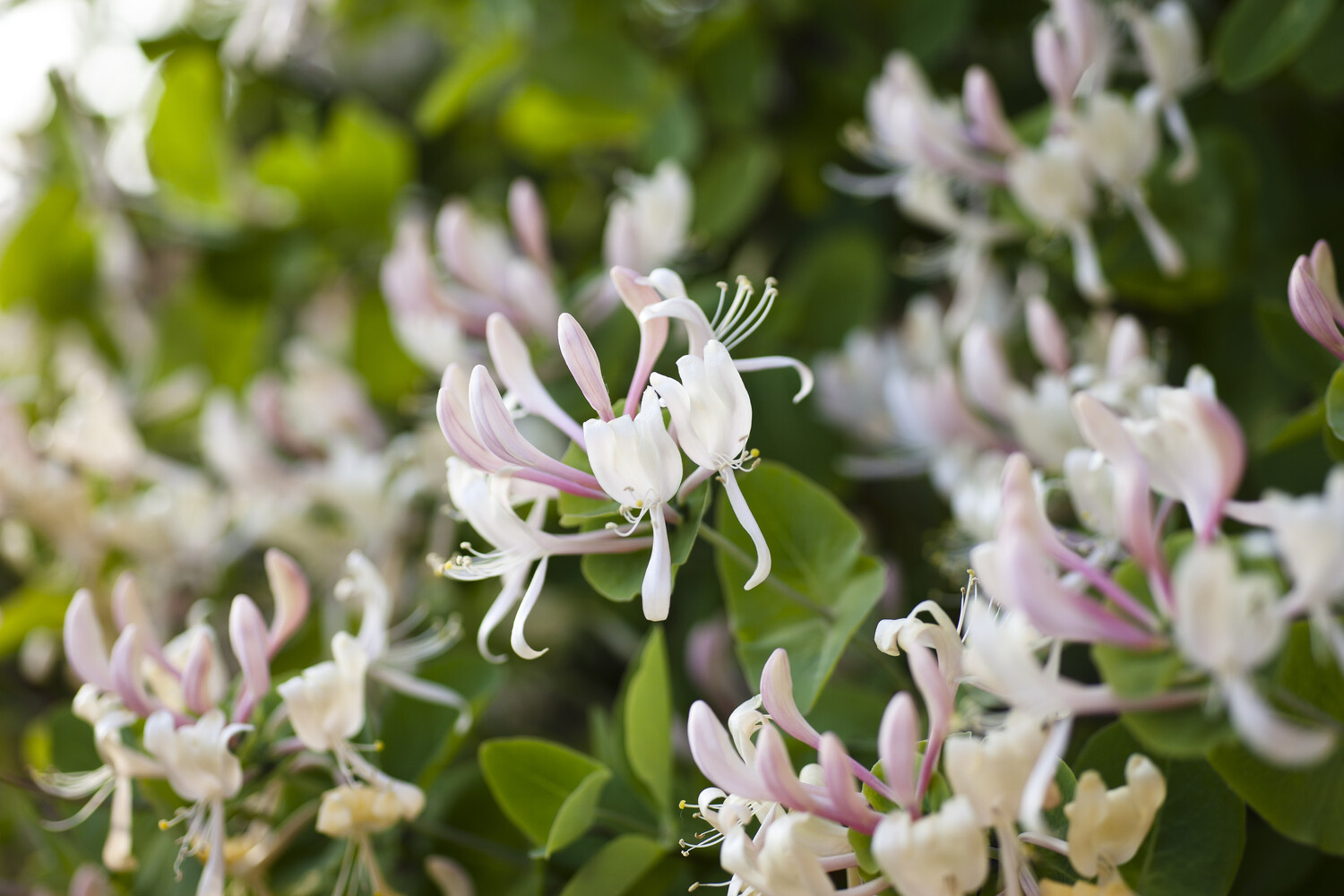
Honeysuckle, a delightful flowering plant, charms with its fragrant blossoms and sweet nectar. The striking colors range from creamy white to deep red, making gardens vibrant and inviting. Not only do these flowers attract hummingbirds and butterflies, but they’re also edible, offering a unique, floral sweetness to salads, desserts, and teas. Known for their medicinal properties, honeysuckles have been used in traditional remedies to ease sore throats and respiratory issues. Easy to grow and maintain, they thrive in various climates, bringing a touch of elegance and utility to any green space. Dive into the alluring world of honeysuckle and discover its multifaceted benefits!
Read More About Honeysuckle: 20 Intriguing Facts About Honeysuckle
17
of 20
Linden
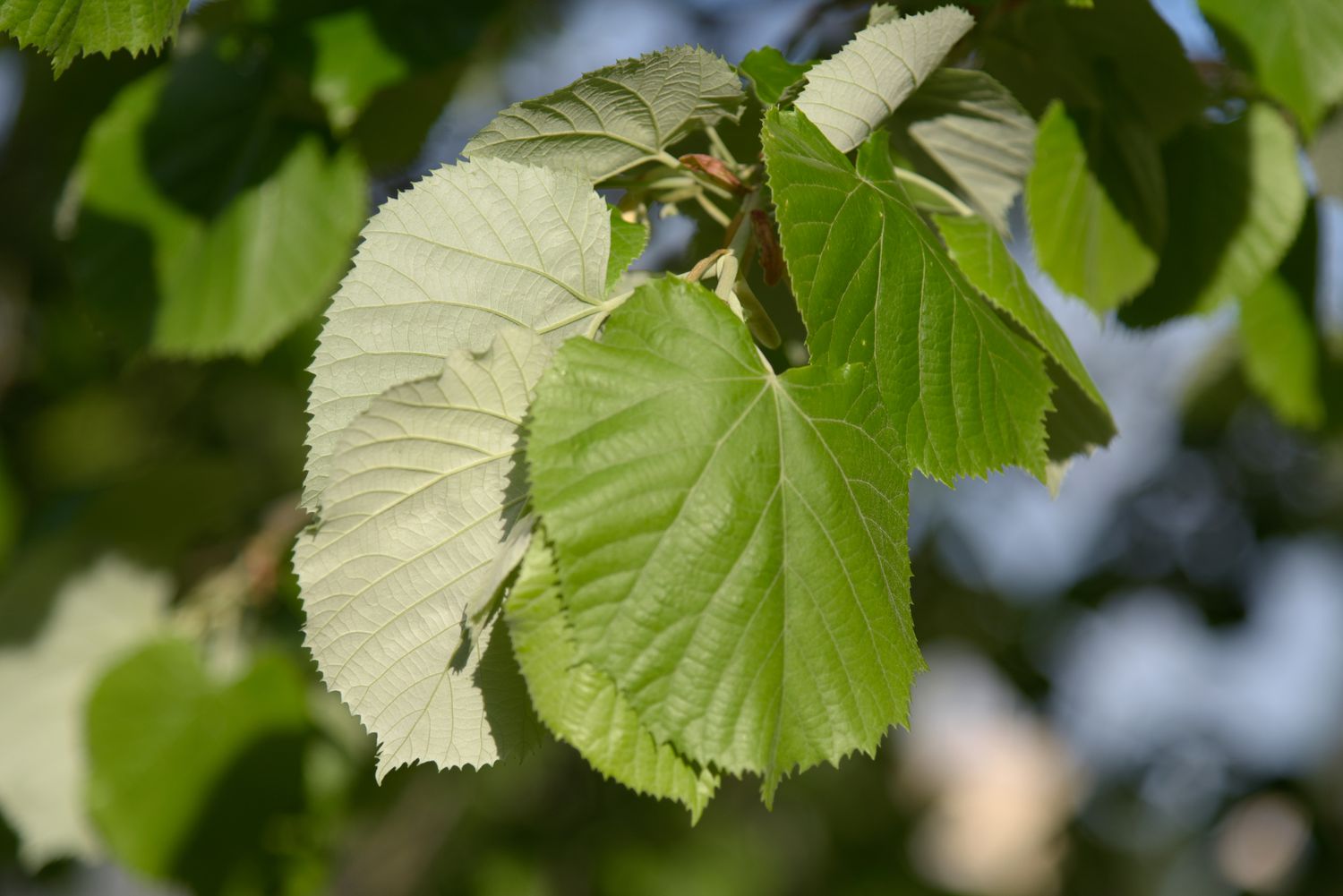
Silver Linden trees, renowned for their charming heart-shaped leaves and fragrant blossoms, have more to offer than just beauty. These majestic giants are not only aesthetically pleasing but also practical. Their flowers are edible and used in teas, offering a sweet and mild flavor. The tree’s leaves, buds, and young shoots can be eaten raw or cooked, making them a versatile addition to many dishes. Often found in parks and along streets, Silver Lindens provide shade and improve air quality. With their rich historical significance and numerous benefits, these trees are truly a natural marvel.
Read More About Linden: 19 Silver Linden Tree Facts
18
of 20
Magnolia

Magnolia flowers, known for their enchanting beauty, boast a rich history and variety of uses. These stunning blossoms, often found on grand trees, have captivated gardeners and chefs alike. With creamy whites, pinks, and purples, their petals create a visual feast. Edible magnolia petals add a unique citrusy flavor to dishes, elevating culinary creations. Beyond their aesthetic appeal and culinary uses, magnolias symbolize dignity, perseverance, and a love of nature. These flowers have inspired poets, artists, and herbalists for centuries. Whether you’re a gardener or a gourmet, magnolia flowers offer endless fascination and delight.
Read More About Magnolia: 10 Facts About The Magnolia Flower
19
of 20
Primrose

Primrose, a captivating edible flower, graces gardens with delicate beauty and vibrant hues. These blossoms, revered for their medicinal properties and subtle flavor, can liven up salads, desserts, or teas. Historically, primrose has been an essential part of herbal remedies, believed to aid in various ailments. Their colorful petals aren’t just eye-catching but also packed with nutrients, making them a delightful and healthy addition to your plate. As you explore the world of edible flowers, don’t overlook the humble primrose—its culinary and health benefits might just surprise you.
Read More About Primrose: 12 Enigmatic Facts About Primrose
20
of 20
Sunflower

Sunflowers aren’t just pretty faces; they’re packed with fascinating tidbits that are sure to pique your interest. From history to botany and uses beyond just ornamental, there’s a lot to uncover about these golden beauties. Learn about their unique growth patterns, their role in agriculture, and even how you can eat parts of this versatile plant. Perfect for gardening enthusiasts, history buffs, or anyone curious about the natural world, these sunflower facts will definitely bring a smile to your face and brighten up your knowledge. Ready to be amazed by one of nature’s sunniest wonders? Dive in and let the sunflower magic unfold!
Read More About Sunflower: Sunflower Facts
Was this page helpful?
Our commitment to delivering trustworthy and engaging content is at the heart of what we do. Each fact on our site is contributed by real users like you, bringing a wealth of diverse insights and information. To ensure the highest standards of accuracy and reliability, our dedicated editors meticulously review each submission. This process guarantees that the facts we share are not only fascinating but also credible. Trust in our commitment to quality and authenticity as you explore and learn with us.
